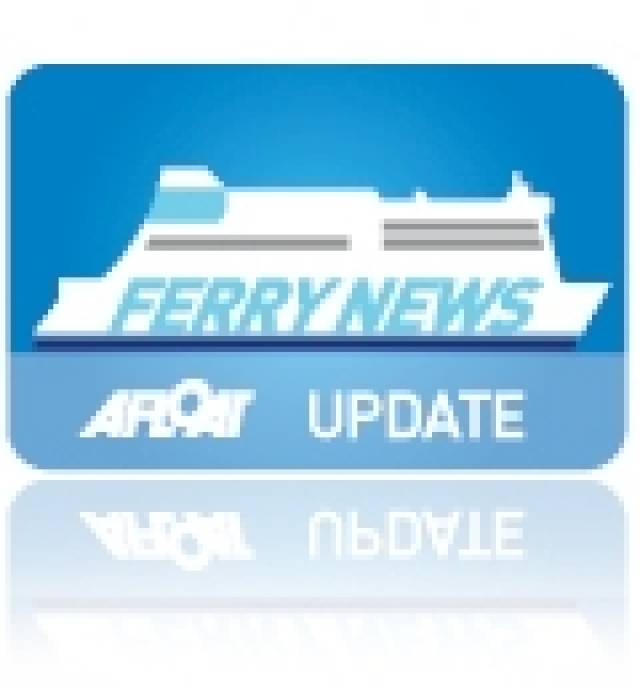#FullFerryService – A full ferry service to Stornoway on the Isle of Lewis resumed last week with the reopening to vehicular traffic following work at Ullapool on the north-west of the Scottish mainland.
The resumed car-ferry service on the Outer Hebrides route that began last Monday of the previous week followed a four-week closure.
Work to replace the harbour's link-span in Ullapool was completed so to improve reliability and allow a greater range of vessels to berth on schedule of freight and passenger vehicle services.
CalMac had been running a diverted service from Stornoway via Uig on Skye for the duration of the work.
"I would like to thank all the passengers and hauliers who have been inconvenienced by this temporary diversion. We are delighted that this work has finished on time and we have been able to reinstate normal service again when we said we would," said CalMac''s Operations Director, Drew Collier.
With the upgrade complete CalMac's £41.8m newbuild 'flagship' Loch Seaforth which carried out sea-trials during December on the southern Irish Sea as previously reported on Afloat.ie is operating to a full passenger and freight service on the Ullapool-Stornoway route.
The 700 passenger / 143 car Loch Seaforth was built by Flensburger Schiffbau-Gesellschaft (FGS). The 8,478 tonnes newcomer operates Calmac's most northerly route of the Scottish Western Isles network that has a passage time of 2 hours 30 minutes.
Ullapool Harbourmaster Kevin Peach added: "I'm delighted that we have completed this upgrade on time despite the tight deadline, it will make a huge difference to the resilience of the port. We really appreciate everyone's patience during this unavoidable period of disruption, and many thanks to the project team for their hard work and unstinting commitment throughout."
The improvement work was funded by the Ullapool Harbour Trust and Transport Scotland.































































